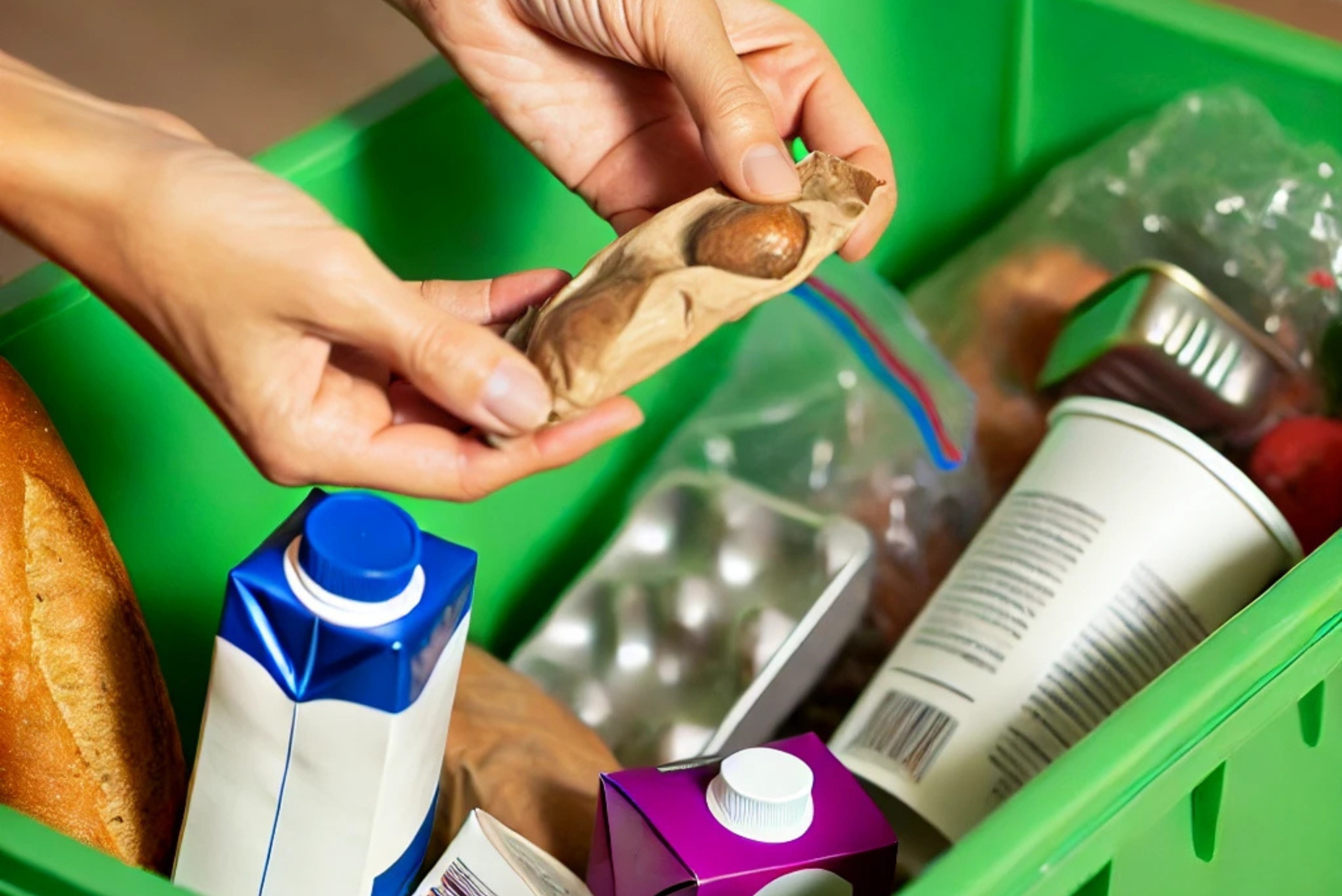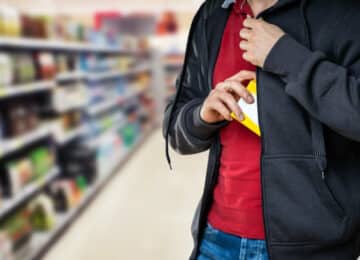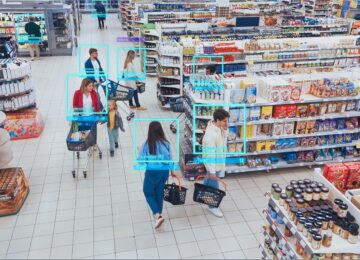What is waste in supermarket distribution?

As a store manager or department head, you face one challenge daily: waste. Unavoidable for some, completely preventable for others, what steps are necessary to secure your store's future? Veesion explores the causes, consequences, and solutions to tackle supermarket waste.
What is waste in supermarkets?
Waste refers to unsold products in your store, especially fresh goods like fruits, vegetables, meat, fish, ready meals, bread, and pastries. But why do these items go unsold? Common causes include:
- Overstocking to avoid running out of stock and to maintain well-stocked shelves.
- Seasonal leftovers that don’t sell after peak periods.
- Unusual weather conditions (e.g., low demand for raclette during a warm winter or ice cream during a cool summer).
- Unsuccessful product tests that fail to attract buyers.
- Stockroom errors, such as miscounts or misplaced items.
- Order mistakes leading to excess inventory.
- Equipment breakdowns like fridge or freezer failures.
This issue is particularly significant for large-scale retailers. According to the French Environment and Energy Management Agency (ADEME), food waste in retail accounts for 14% of total losses in France.
The consequences of waste?
The most immediate impact of waste is financial loss. A 2016 ADEME study revealed that supermarkets experience waste rates between 0.5% and 3%, with food waste costing stores an average of €400,000 annually.
Waste also has environmental and social consequences:
- Energy costs for producing goods.
- Habitat destruction for farming and livestock.
- Chemical use in non-organic products.
- Waste management costs with environmental impacts.
- Food waste ethics, especially in a world where hunger is widespread.
Governments are introducing regulations to address these issues, including laws aimed at reducing food waste in supermarkets.
What about the laws on waste?
France has introduced several regulations to tackle food waste in supermarkets:
- The Garrot Law (2016): Requires large retailers (over 400㎡) to prevent food waste, donate or transform unsold food, and prohibits destroying edible items. Unused food can be donated, composted, or converted into animal feed or biogas.
- The EGAlim Law (2018): Obligates stores to organize food donation systems and train staff in waste management.
Non-compliance can result in fines based on a percentage of the company’s turnover.
Breakage rate, markdown, gross waste and net waste: what are the differences?
- Known markdown: Refers to losses with identified causes and is equivalent to gross waste—the total value of lost goods.
- Unknown markdowns: Refers to unidentified losses caused by theft or inventory errors.
- Breakage rate: The sum of known and unknown markdowns.
- Net waste: Gross waste minus recovered value (e.g., restocked items).
How to calculate the breakage rate?
Tracking unsold items is crucial but not always straightforward, especially for fresh produce that can’t be scanned. Regular inventories, detailed loss records, and sales data analysis are necessary to identify discrepancies.
The breakage rate formula is:
| Breakage rate = Total value of waste / Sales x 100 |
You can also calculate breakage rates by category to address specific issues. Don’t forget to include items sold at reduced prices due to short expiration dates, as these impact margins. Use this formula:
| Initial value - Sale value/ Initial value |
Add this result to the overall breakage rate for a complete picture.
How to reduce waste in your shop?
Several strategies can help minimize waste:
- Analyze sales data by day and week to order products in line with customer habits.
- Use preservation techniques for fresh items to prevent spoilage (e.g., humidification, limiting temperature shocks).
- Adopt just-in-time practices for certain product categories.
- Partner with associations or local organizations to repurpose unsold goods.
- Implement stock management tools to monitor inventory and waste levels.
- Install video surveillance system for supermarkets to prevent theft.
Waste is a significant challenge, causing financial losses and hindering environmental sustainability. While total elimination may be unrealistic, solutions exist, including legal mandates (Garrot and EGAlim laws) and proactive measures like preservation techniques, advanced tools, and surveillance systems.
Veesion offers an innovative solution with its gesture-detection software, which integrates into your store's video surveillance system. It sends real-time alerts to your smartphone or tablet at the first sign of suspicious activity, helping you combat shrink effectively.
The most popular
Related news
Discover what Veesion can do for you. Do you have one or more stores?
Our team will contact you within 48 hours





